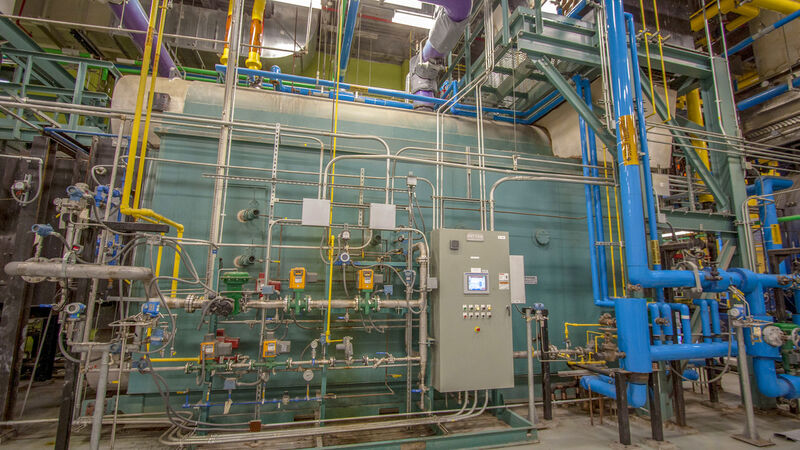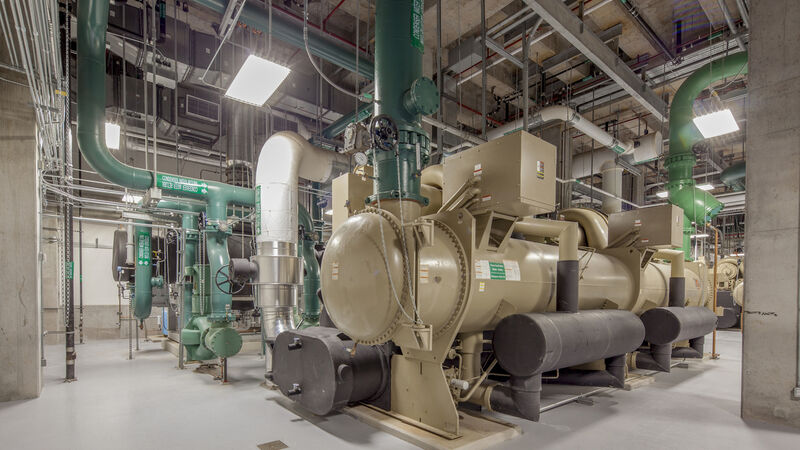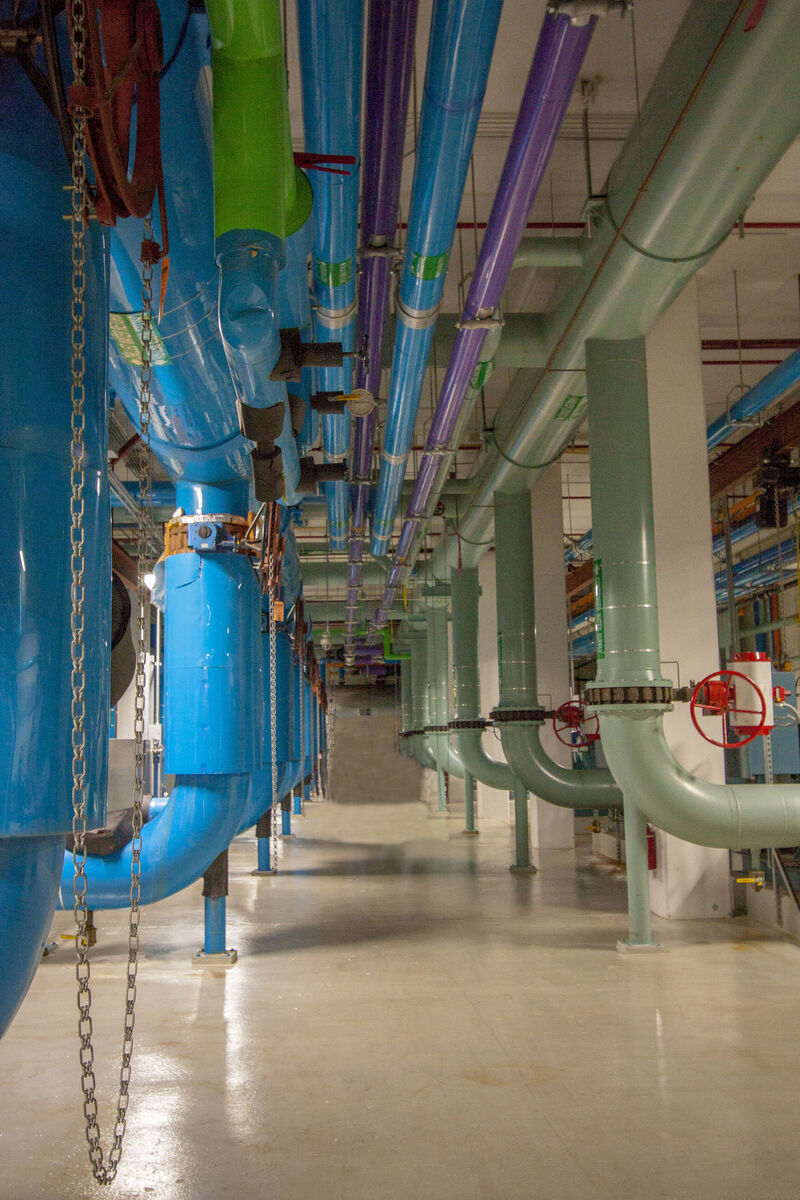
The Johns Hopkins Health System
South Energy Plant
One of the largest microgrids in the United States, reducing annual operating costs by $2.5M and GHG emissions by 18,000 metric tons.
For over 34 years, AEI has provided continuous engineering and consulting services supporting the most significant infrastructure projects constructed at the Johns Hopkins campus. Upon completion, the South Energy Plant added 7.5 MW of combined heat and power and expanded existing campus energy production sources into a 26 MW microgrid with 22,000 tons of chilled water.
Like the existing North Energy Plant, the new South plant includes chilled water, steam, CHP, and emergency electric generation equipment. The CHP system operates in parallel with the electric utility and respective campus electrical substations. In addition to the base loaded operation, the CHP system was designed with black start capability and is interconnected to the campus centralized emergency power system.

"The unique AEI start-up services assisted the contractor and owner with component interfaces such as controls, and point-to-point wiring.” - David Eldridge, The Johns Hopkins Health Systems
- 26 MW
- Microgrid
“AEI’s start-up and commissioning services are not what is typically provided. We believe that the AEI start-up services reduced the time period for beneficial operation of these projects by three months or more.”

During system training, AEI reviewed and participated in manufacturer as well as integrated system training, providing insight into theory as well as integrated opimization. One year later, AEI led refresh training and identified "lessons learned."

The South Energy Plant CHP project resulted in operational cost savings of approximately $2.5 million per year and reduces greenhouse gas emissions by 18,000 metric tons of carbon dioxide equivalent per year. The South Plant is configured in combination with two central emergency power generation pods and the North Plant to serve the campus as a 30 MW microgrid, among the most efficient microgrids in the country.
- 7.5 MW
- Combined Heat and Power
